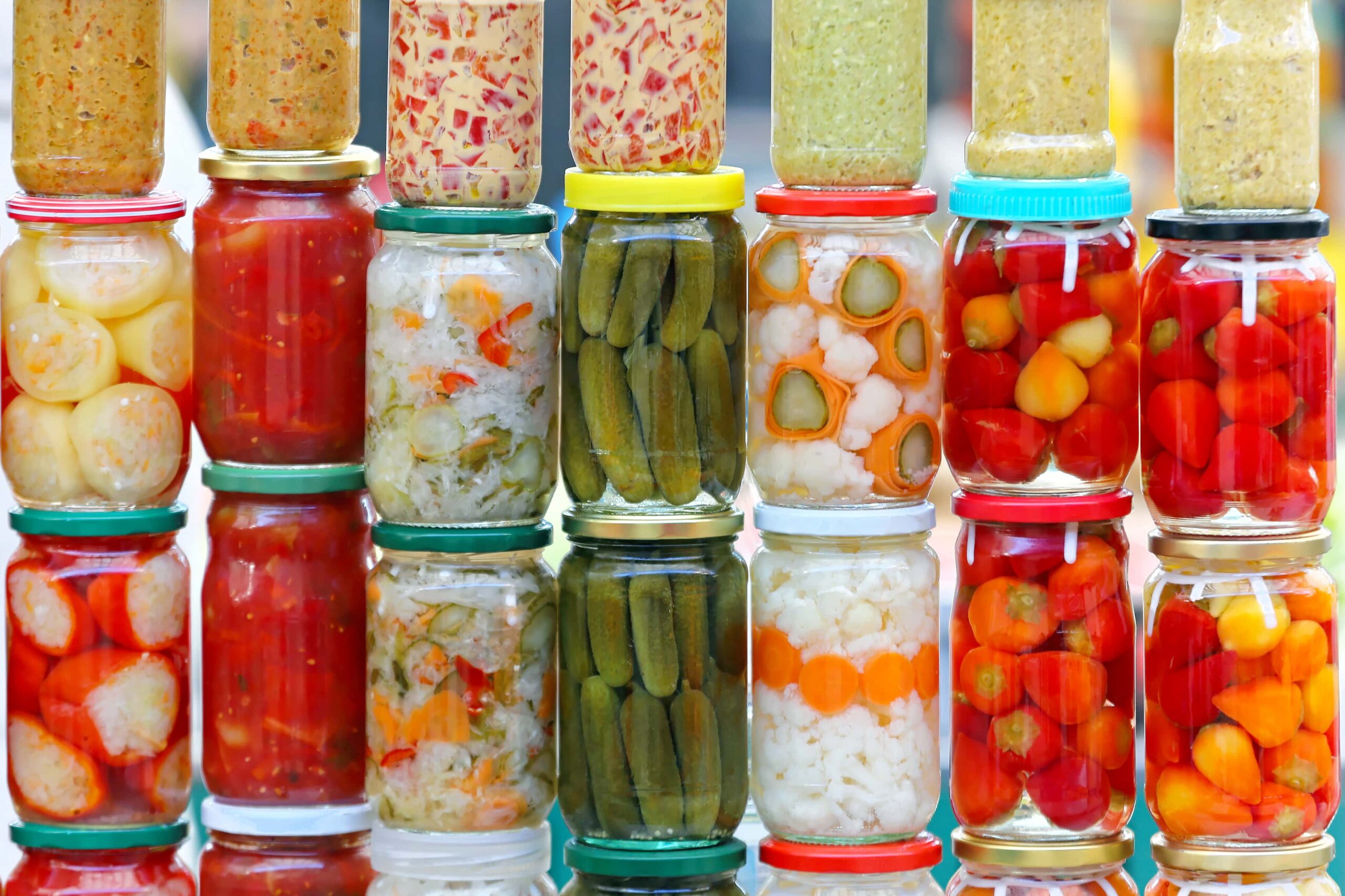And all ancient cultures, fermented foods were the primary way of preserving the harvest. It was especially true the farther north you went. Over centuries and millennia, these techniques lent themselves to a variety of different flavors and cultural significance.
Most martial artists know of tofu, natto, tempeh, and kimchi. But, there are hundreds of different types of fermented food from around the world. Cultures such as the Middle East, Mexico, and Africa all have a rich history of fermented foods.
One of the things lost with modern refrigeration was the rich probiotic blends that created fermented foods. Hundreds of different species create different types of fermentation, and every one of them has been found to benefit gut health.
Impact of Modernization on Nutrition
In most cultures, before refrigeration, fermented foods comprised a quarter to half of all the foods a person ate in a day. Today, most people consume no fermented foods. If you're looking to start including more fermented foods in your diet, you should start slowly.
Choose one or two that you enjoy eating and begin consuming a little bit daily. You don't want to go too fast because your body can react violently to them. Indigestion, diarrhea, bloating, and gas are all common side effects of consuming too many fermented foods too fast.
But, as your body grows used to them, you can consume more and more of a variety. And, if fermented foods aren’t that tasty or you have fought off a bacterial infection with antibiotics, choosing a probiotic supplement helps.
UFC Fighter Ronda Rousey consumes probiotic shakes to get these healthy nutrients in her diet . "And instead of vitamins, I have this giant shake twice a day, so it's all fresh vegetables and fruits,” she said. She is a big proponent of the Warrior diet.
“If it was on earth 10,000 years ago then I will eat it… we [Rousey and her nutritionist, Chad Waterbury] grind up a bunch of wheatgrass, parsley, cilantro and sprouts every morning – a green shot,” Rousey says of her diet. The whole foods ingredients helps provide the nutrients that fuel her workout all day before eating a large dinner.
Traditional Fermented Foods
We can still find many fermented foods in the grocery store; however, the fermented part leaves something to be desired. Pasteurization has killed off the probiotics, leaving a dead food.
- Beer/Wine
- Bread
- Yogurt
- Cheese
- Miso/Bean paste
- Kimchi/Sauerkraut
- Kefir
- Kombucha
If you purchase these types of food, it will be challenging to find the live, active culture still embedded within the product. Bread, cheese, miso, and a lot of sauerkraut are all sold pasteurized. Unless specifically labeled to "contain live cultures," it's considered a dead food.
Beer and wine are a bit different. Many times, commercially available beer and wine are filtered and purified to the point they contain no healthy components. Red wine contains some resveratrol. Local, unfiltered beer contains yeasts and B vitamins. But, you're not going to find much of that in commercially available products.
Some fermented products are making a comeback, like yogurt, kefir, and kombucha. People are flocking to these artisan foods and drinks because of the probiotic content. Fortunately, they are easy to make at home and contain far more probiotics and nutrients than what you could purchase.
Chemical Food-like Products Disguising Themselves As Fermented
Unfortunately, the rush to make and consume pasteurized food has turned many traditionally fermented foods into chemical-based, food-like products. This list all contains fermented foods when done the traditional way. But, commercially, they are not fermented.
- Tofu
- Pickles
- Salami
- Cheese
- Sour Cream
- Soy Sauce
You will find products that call themselves tofu and pickles and cheese but are not traditionally fermented in the grocery store. Many of them are produced with vinegar or other acids to congeal the starches and proteins. Others use artificial flavors and chemicals.
The vast majority of tofu sold in the US is not fermented. We talk about soy and the dangers of unfermented soy products in this article, “Soy and Martial Artists.” Most cheese in the grocery store is pasteurized. Good, traditional cheese is hard to come by.
And that doesn't even cover the hundreds of other different types of fermented foods out there. Some of them are incredibly delicious but uncommon in the US. If you have the chance to find some of them, we recommend giving them a try. Generally, you can find them at smaller ethnic stores or online.
Getting started with fermented foods as a part of "The Fighter’s Nutritional Blueprint: Creating a Combat Arts Ready Body" is as simple as picking up some yogurt. You can expand your selection choosing new and exciting foods to try and sticking with the ones you enjoy.
Just don’t try too much at once. It could cause cramping and loose bowel movements. Let your body get used to, after all, you digestive system needs to be trained how to get in the healthy stuff again.


